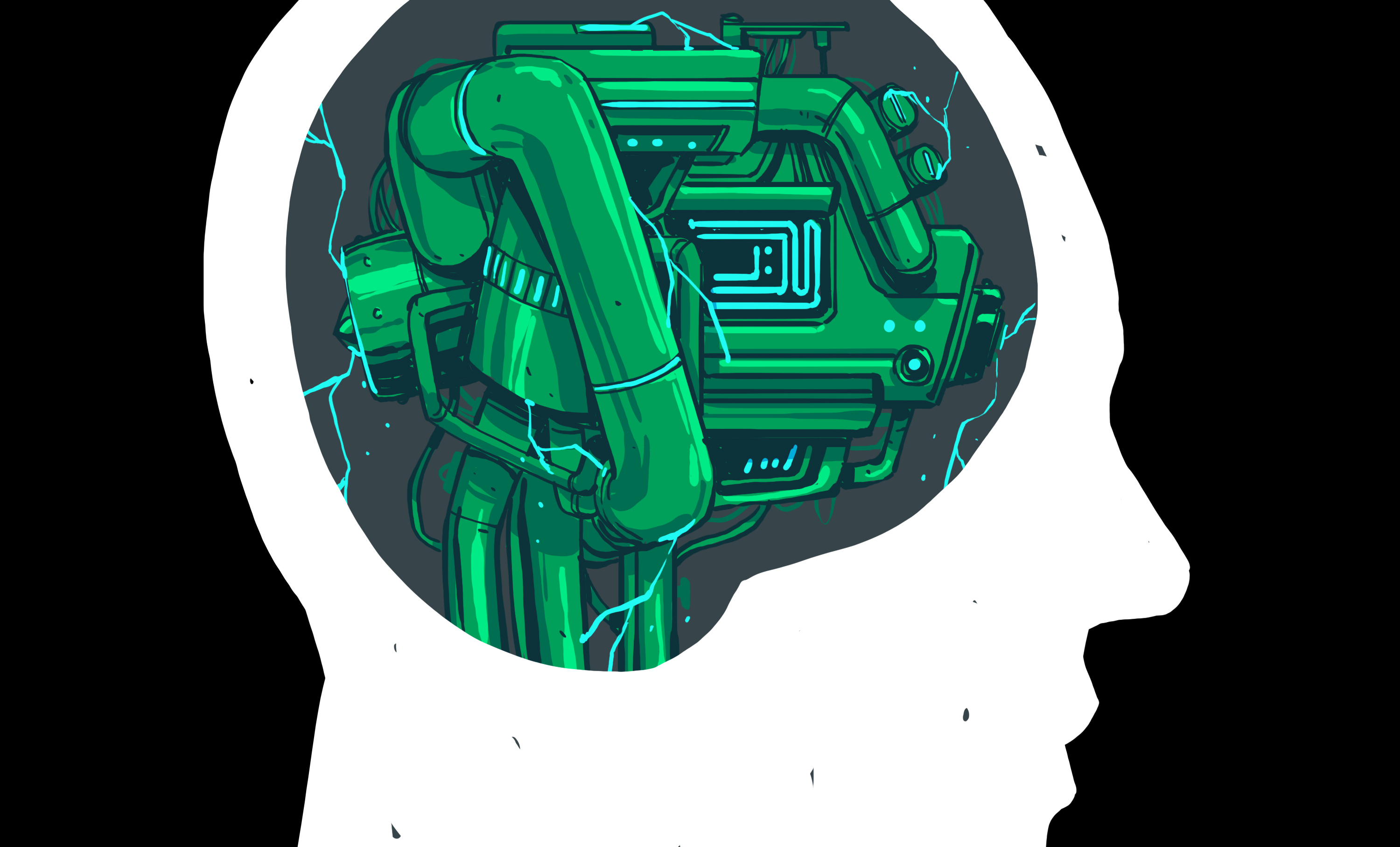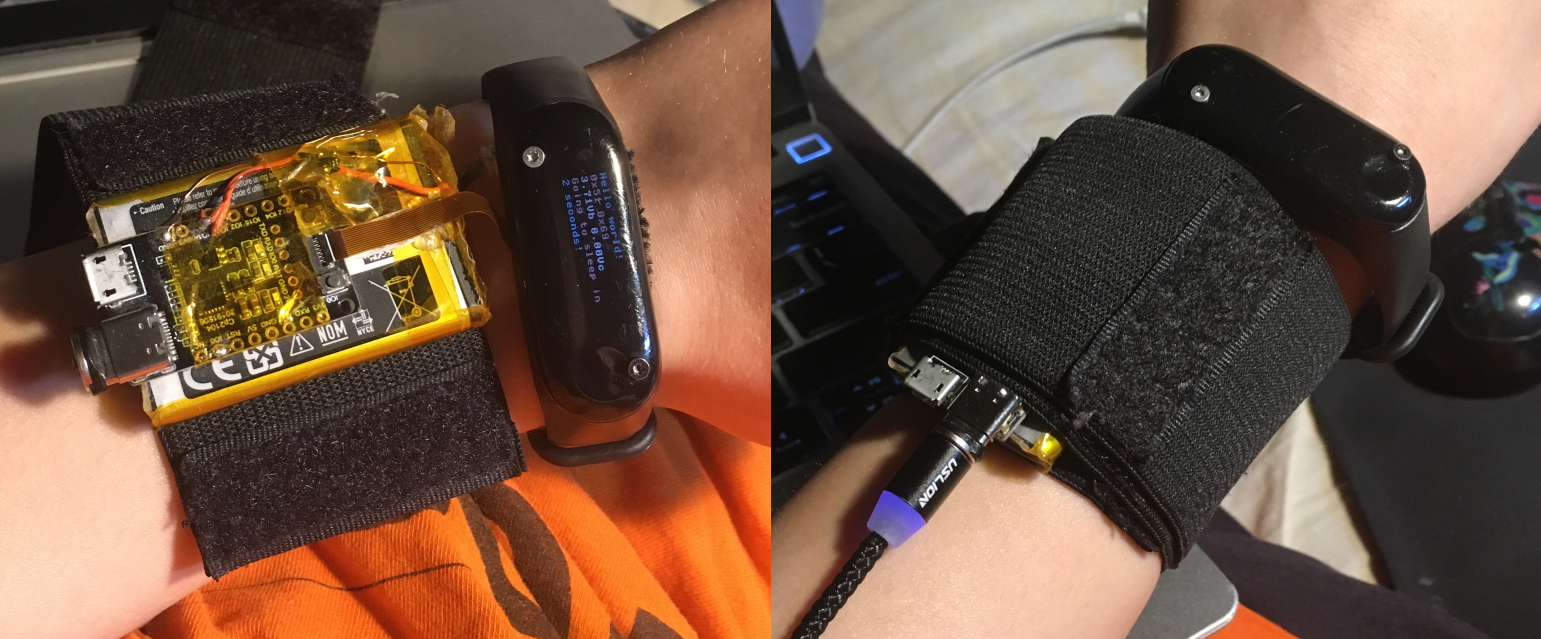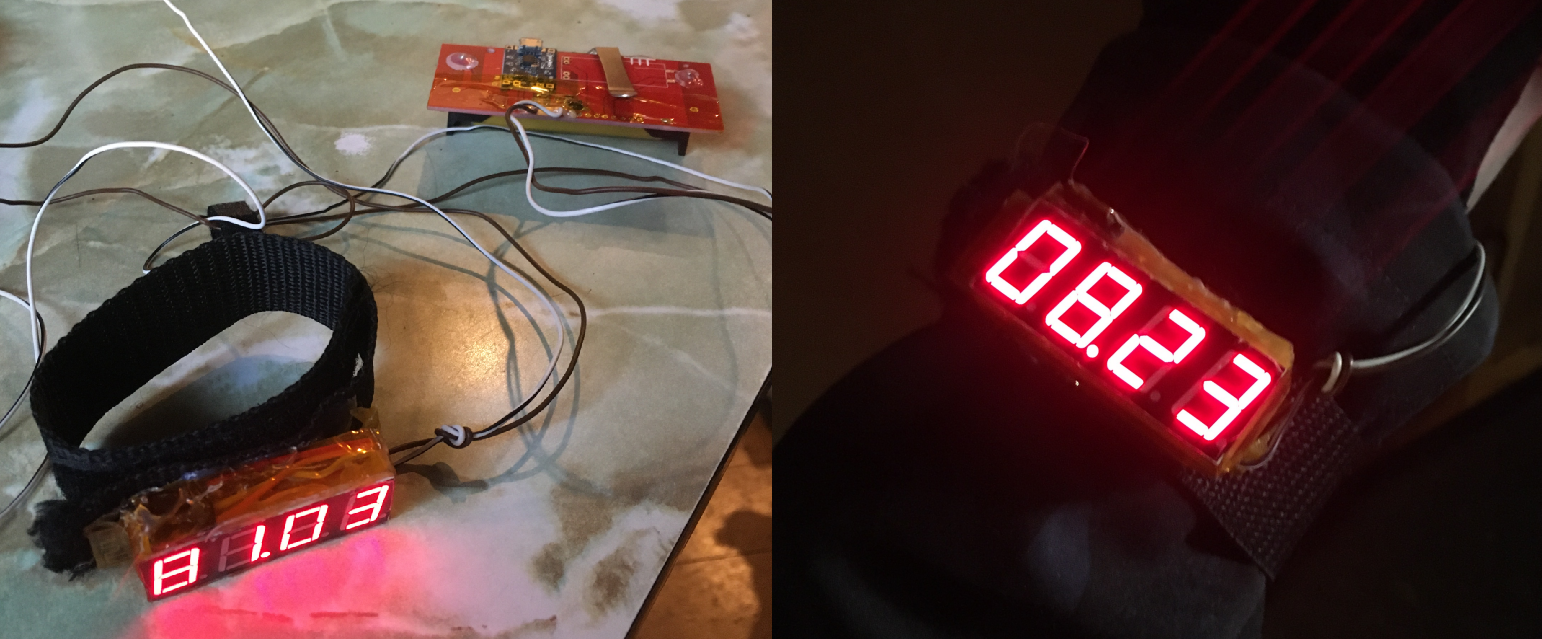Hack On Self: Sense Of Time [Hackaday]

Every now and then, a commercial product aims to help you in your life journey, in a novel way, making your life better through its presence. Over the years, I’ve been disappointed by such products far more often than I have been reassured, seeing each one of them rendered unimaginative and purposeless sometimes even despite the creator’s best intentions. The pressures of a commercial market will choke you out without remorse, metal fingers firmly placed on your neck, tightening with every move that doesn’t promise profit, and letting money cloud your project’s vision. I believe that real answers can only come from within hacker communities, and as we explore, you might come to see it the same way.
This is the tip of the iceberg of a decade-long project that I hope to demonstrate in a year or two. I’d like to start talking about that project now, since it’s pretty extensive; the overall goal is about using computers to help with human condition, on a personal level. There’s a lot of talk about computers integrating into our lives – even more if you dare consult old sci-fi, much of my inspiration.
Tackling a gigantic problem often means cutting it down into smaller chunks, though, so here’s a small sub-problem I’ve been working on, for years now, on and off: Can you use computers to modify your sense of time?
The Time Question
Ever start your day thinking you will hack on a project, and in the evening, realize you’ve instead done something else entirely? Sometimes you find something cool while distracted, and sometimes, getting distracted comes to haunt you.

This has been a staple of my days as long as I remember my conscious life, and at some point, I started wondering just how much this could be modified. Do you remember one particular project we’ve seen a couple people build, a vibration-based compass build that gives you a sense of where north is? Ironically, I have made PCBs for building my own version of this project – they were designed in 2022, I finally ordered them last year in 2023, and I haven’t gotten to assemble them still.
So, you can give yourself a sense of “where’s north” – something that humans are missing, generally. Technically, humans are also missing a source of time, which is why we always supplemented it with wrist-worn watches and pocket clocks. Having compared my day plans to what actually happens on that day for two decades, I can see that I need something more than that. It’s traditionally been common for me to mis-estimate when exactly I could get something done – I would give an estimate that felt correct, then start doing part of the task and forget about the flow of time, minutes passing by me.
So, there are two problems here. One of them is that, despite having been alive for a fair bit of time, my database of “how much it takes for me to do X” is inaccurate. This makes sense: keeping such references is a conscious effort that might not extend to, and day-to-day situations are highly variable. Still, if someone is relying on me, it would be nice to be aware enough to at least notify that person, and to learn to plan ahead. Another is that it’s easy for me to get and forget about the flow of time. It sure helps me concentrate on articles, but it doesn’t help when someone is waiting on me.

Well, could you give yourself a sense of time, say, with vibromotors? Apparently, you can, but there’s nuance to it. Let me tell you about two projects I’ve built to attempt this, and some basic concepts I learned about human-computer integration.
The Not-A-Bomb Wearable
My first project in this vein grew out of a purpose-less experiment, funnily enough: a project literally called I Made This And I Don’t Know Why – a simple board I built to make use of seven-segment displays our hackerspace had a dozen of. ESP8266, dynamic indication with a shift register, and MicroPython – writing firmware for this board was a nice challenge in writing non-blocking code and finding portions of code to optimize. Soon, the board found a good few purposes – among them, a time tracker.
I decided to solve a simple problem – building a mental database on the amount of time does it take me to get from “start” to “finish” for an arbitrary task. Tracking that was tricky – say, I want to check the length of a bicycle ride from my house to a certain point. I’d need to check my phone at the exact time when I left the house, keep that time in mind, and then, once I’ve arrived to my destination, check again. Both of these require some time to execute and some memory, so, I decided to make an automatic countdown timer. Glancing at my wrist felt significantly easier, so, after some cutting, sewing, and hotglue work, I made one of the IMTAIDKW boards into an oversized watch, and used one of my universal power source designs to power it from a 18650.
There were some setbacks during – notably, this countdown timer required me to patch MicroPython’s ESP8266 port, due to an obscure bug making the time.time() function seriously imprecise; an inaccurate countdown timer wasn’t in my plan. Still, it was a nice experiment – relying on something that you build yourself is always fun, and I’ve added features like adjusting the start time. It was also automatic enough to be useful, with digits large enough and bright enough to be noticeable, still, making for an unobtrusive device, and pretty cool to wear.
The main problem was that I forgot to put it on and start the countdown. It was a purpose-built device, and I only needed it a couple times a day at its very most, so most of the time it stayed off my wrist, and I would even lose track of it sometimes. Another problem was remembering to check the time of arrival, unsurprisingly – looking at my wrist was easy enough, so most of the time I could notice the time difference and go “oh interesting”, but even then, it was easy to forget. The last, main problem, was actually keeping a mental database – turns out that when you need to remember pretty similar datapoints, it’s easy to confuse them. Does it normally take me 15 minutes to get to the city center, or was it the electronics store? This turned out to be pretty easy to mix up.
The lessons from this iteration: decreasing resistance to use is good, collecting data is good, and, you should automate the data collection process if at all possible. I wouldn’t stop here, of course – some time later, I found an even nicer wristband to hack on.
Unconventional Battery Upgrades
The TTGO (or was it Lilygo?) T-Wristband is a fun product – with an ESP32 at its heart, a good few sensors, a 160 x 80 IPS LCD, and a single capacitive button. It’s an old device by now, but when I bought it in the beginning of 2020, it was fun to hack on, and hack it I did, making it run MicroPython. I didn’t know what exactly to do with it, but soon I remembered about the “sense of time” project. At the time, I wanted to tap into my life minute-by-minute and see if I could build a device able to help me notice when I’m distracted. The minimum viable prototype idea was very simple – adding a vibromotor to the watch, then having it vibrate exactly every minute, having it be an “am I currently spending my time correctly” reminder.
The problem was, by the time I came up with that, a good few months passed where the wristband was sitting in a drawer with the battery fully discharged – hurting its capacity a bit, which, at 80 mAh, was already not great. Also, I wanted to be able to keep adding features to the code without carefully balancing sleep modes or having to charge my watch multiple times throughout the day; I just wanted to run code and charge the battery every night at most. So, it got a battery upgrade – a Samsung phone battery glued to, ahem, yet another wristband, and a devboard with vibromotor driver taped on top. After the hardware tweaks, the code itself was seriously easy to write.

Whenever I’d notice it vibrating, I’d ask myself – “am I doing the right thing right now?” And, to my surprise, it did catch some distraction moments every now and then, for sure! Oftentimes, I wasn’t doing the right thing, in one way or another, and a reminder about being supposed to do something else was quite welcome. Other times, when I was focused on something, the “am I doing the right thing” question would get a “yes” in my mind, and, it felt good to think that.
It wasn’t as comfortable in times when I wasn’t expecting me to be on top of things – while I’d be resting, the every-minute feedback of the watch would feel annoying and needlessly distracting; soon, I implemented a vibration toggle with the capacitive button, and a few other things. My guess is that the annoyance factor and generally getting used to the vibrations has made me less sensitive to the vibromotor’s signal, which in turn made the wearable less effective at its goal. Apart from that, the battery wire kept breaking every so often, taking the watch out of commission, which made it hard to start properly relying on it.
On the upside – it turned out that this idea has been floating in collective unconscious for a while now, to the point that it was the point of a watch worn by one of the characters in Mr. Robot, and a relatable one at that. It’s pretty good to get external independent confirmation that an idea of yours has merit! In particular, the video above reminds me a lot of my experiences – I spent less time on my phone and generally less time doing things I didn’t want to do, I was getting up and walking around more often, and, I had add a small feature that mutes the watch when I go to sleep.
It All Worked Out Despite The Plan
Lessons here? If you can hook your device’s signals into producing a thought in your brain, that helps massively – checking for “am I doing the right thing” every minute came to me naturally, and a lot quicker than I expected it to. Context sensitivity is a must for self-help devices- the wearable would’ve had been way more effective if I had some ways to detect that I’m likely to be distracted, as opposed to having it vibrate indiscriminately every minute. In general, make sure your device is not annoying to you in any bad way – it’s supposed to be helping you, so any reason you’re annoyed by it, is a problem for the device’s primary usefulness.
On the hardware side, make your device reliable – building habits takes an ongoing effort, and you want it to be consistent. At the same time, consider building your device as a playground for developing your idea further; this could require a bigger battery, or more space inside the case, or an expansion socket. Reality is to plans what pure oxygen is to paper, and getting things done is typically way more important than getting them right the first time. Last but by no means least, wires suck – I’ve been saying this, and I will repeat that as much as needed.
In the end, I have mostly solved my original problem by tweaking my personal approach to time over the years, learning to over-estimate estimates, and ultimately putting myself in less situation where I am under time pressure – it turned out that was the bigger problem. It would’ve been nice if I could’ve noticed that sooner, but, the devices I’ve built certainly have helped. Today, I still have some sense-of-time solutions I rely on, but they are new, designed with these lessons in mind, and they’re a part of a multi-faceted system that I can only tell you about in the next articles – stay tuned!

![hack-on-self:-sense-of-time-[hackaday]](https://i0.wp.com/upmytech.com/wp-content/uploads/2024/08/202125-hack-on-self-sense-of-time-hackaday-scaled.jpg?resize=800%2C445&ssl=1)
